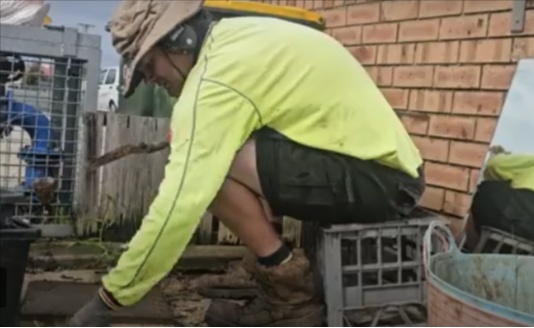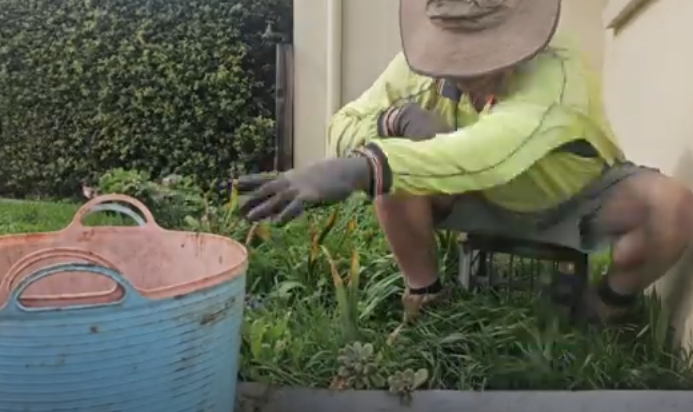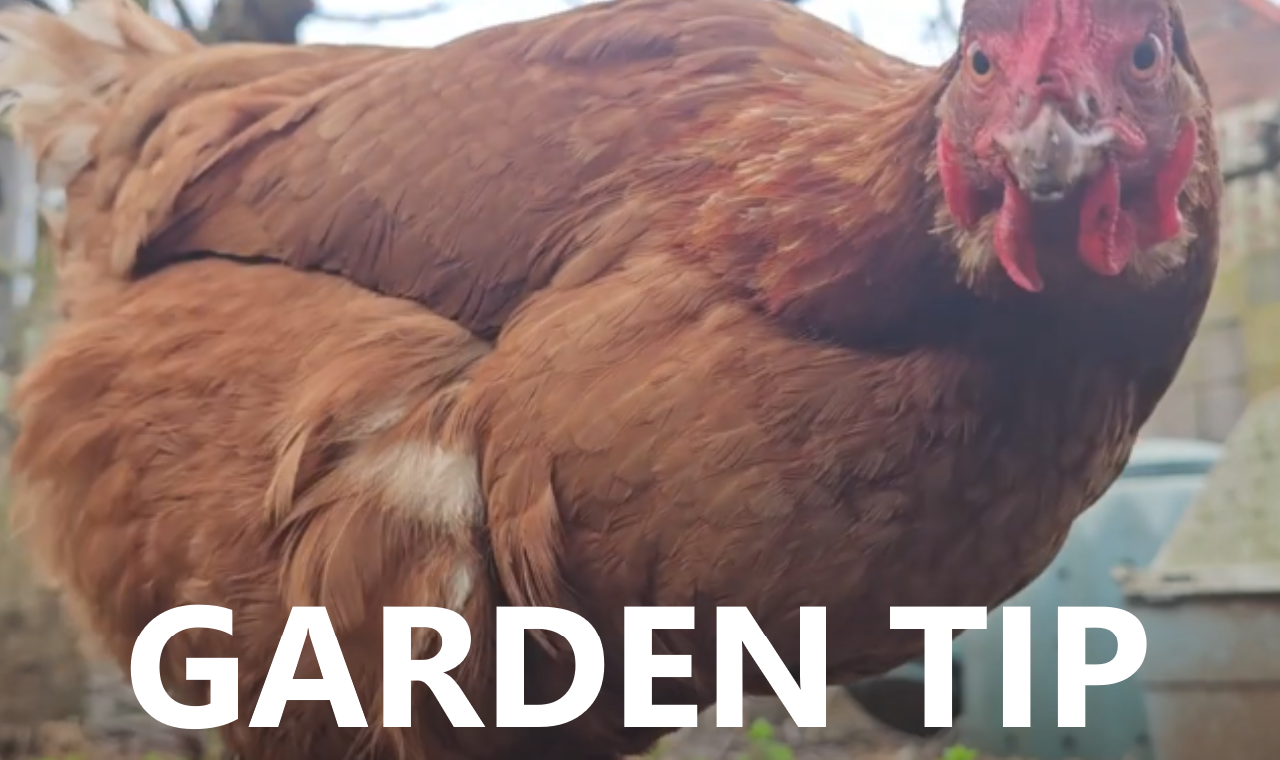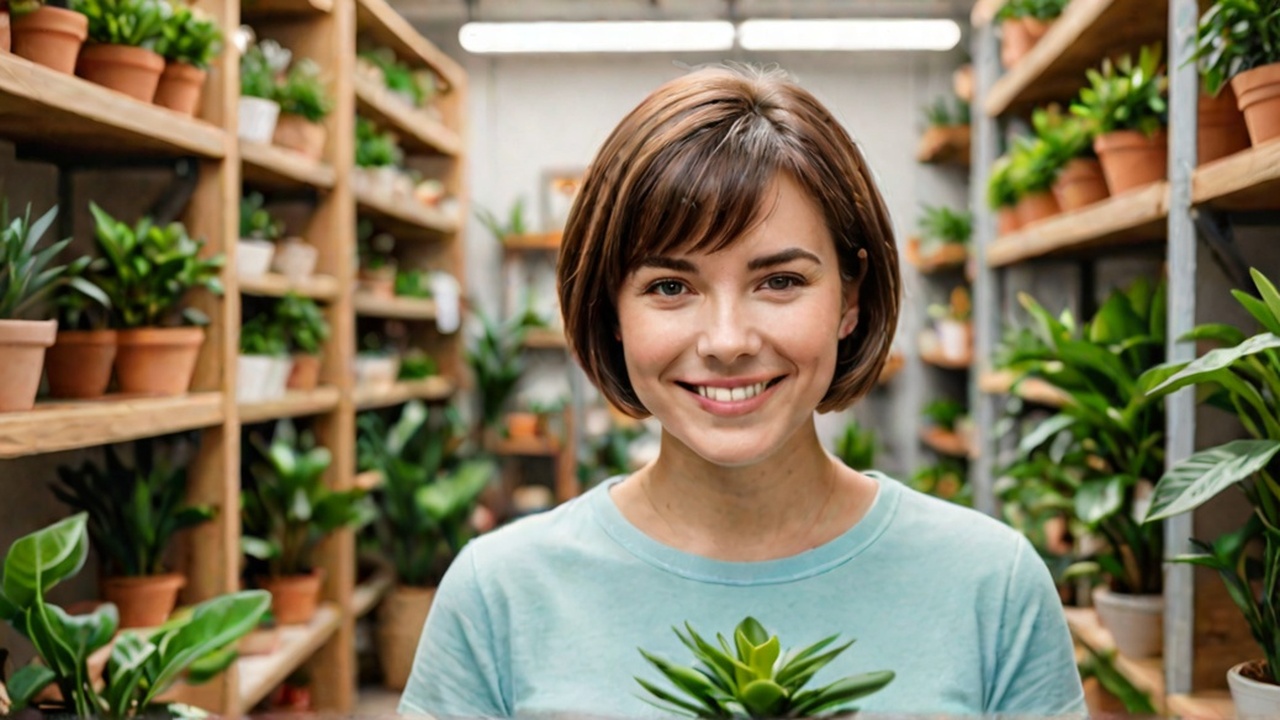I’m so excited to finally be planting flowers in my garden! The gardening season is officially here, and I’ve been counting down the days until I could get my hands dirty and start bringing some color and life to my outdoor space. Today, I’ll be planting a mix of sunflowers, daisies, and lavender – can’t wait to see how they’ll turn out!
One of the biggest challenges when it comes to planting flowers is dealing with poor soil conditions. If your soil is lacking in nutrients or has poor drainage, it can be tough to get your flowers to thrive. Another common issue is choosing the right flowers for your climate – if you’re planting flowers that aren’t suitable for your region, they might not survive the weather conditions. And then of course, there are pests – aphids, slugs, and snails can all wreak havoc on your flower beds if you’re not careful.
Even if you do manage to get your flowers planted, there’s always the risk of them not getting enough sunlight or water, which can be a real challenge if you have a busy schedule and can’t tend to your garden every day.
If you’re new to gardening, it can be overwhelming to figure out how to tackle all of these potential problems. But don’t worry, I’ve been there too, and I’ve learned a thing or two about how to overcome these challenges.
It’s all about doing your research, preparing your soil properly, and choosing flowers that are suitable for your region – and of course, being vigilant about keeping an eye out for those pesky pests!
To get started, I began by preparing my garden beds. I cleared out any debris, tilled the soil to loosen it up, and added in some compost to give my flowers a nutrient-rich foundation to grow from. Next, I selected the flowers I wanted to plant, making sure to choose varieties that are suitable for my climate.
When it came to planting, I made sure to space my flowers out properly, so they have enough room to grow and receive adequate sunlight. I also watered them thoroughly after planting to give them the best chance of survival.
One of the most important things to keep in mind when planting flowers is the depth at which you plant them – you want to make sure the soil is firm but not too compact, so your flowers have room to grow their roots.
I also like to add a layer of mulch around my flowers to help retain moisture and suppress weeds – it makes a big difference in the long run!
The most exciting part of this process, in my opinion, is the moment you plant that first flower. There’s something so satisfying about seeing your hard work come together, and imagining how beautiful your garden is going to look in a few weeks’ time.
Another surprising tip that makes the process easier is using a gardening cart to transport your flowers and supplies around the garden – it saves so much time and energy!
And let me tell you, after a few hours of planting, it’s amazing to see how quickly your garden can transform from a blank slate to a vibrant, colorful oasis.
To recap, the key steps to planting flowers in your garden are preparing your soil, selecting the right flowers for your climate, and using the right techniques when planting. By following these steps, you’ll be well on your way to creating a beautiful garden that’ll be the envy of all your friends and neighbors.




